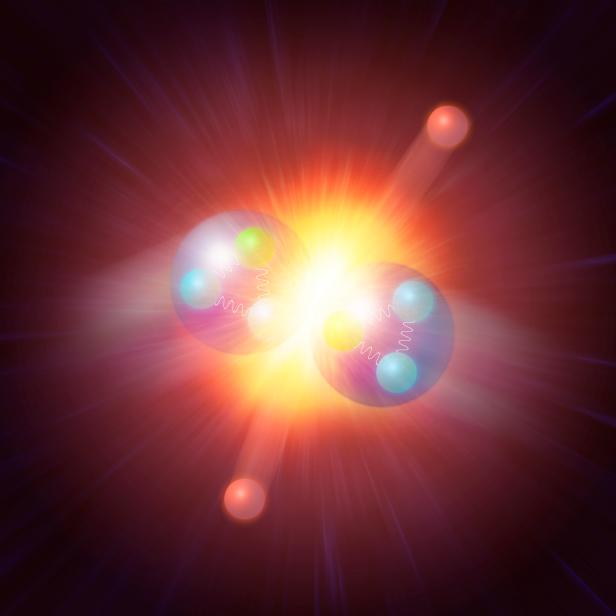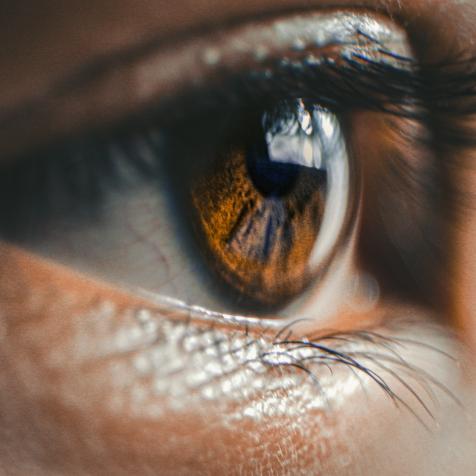
MARK GARLICK/SCIENCE PHOTO LIBRARY
10 Years of the Higgs Boson

Ten years ago scientists at the Large Hadron Collider had finally found evidence for the elusive Higgs boson, a particle that plays a central role in physics. And since then…we haven’t found much.
In the 1960’s physicist, Peter Higgs predicted the existence of a brand-new particle (for those of you wondering, he didn’t name it after himself; that came later). Higgs was trying to solve a major problem in physics, which had to do with the relationship between two of the fundamental forces of nature, the electromagnetic force and the weak nuclear force.
In normal everyday life, these two forces couldn’t be any different from each other. They have different carriers, different ranges, different properties, and different everything. But physicists learned that at high energies, like the kinds of fun found inside particle colliders, these two forces merge and form a single, unified force, known as the electroweak force.
Professor Peter Higgs stands in front of a photograph of the Large Hadron Collider at the Science Museum's 'Collider' exhibition on November 12, 2013 in London, England. It touches on the discovery of the Higgs boson, or God particle, the realisation of scientist Peter Higgs theory.
How could these two forces merge together and then split apart at different energies? Higgs proposed that a new particle did the work. At high energies, this particle kept the two forces glued together, and at low energies, the new particle drove a wedge between the forces.
This was pretty cool, but as Higgs worked through the math he found something else. This new particle had another trick up its sleeve. The various fundamental particles, like electrons and quarks and whatnot, have no reason to have the mass that they do. Physicists had no explanation for why any kind of particle had the masses that they did. Higgs found the answer: different particles interact with his new particle in different ways, and we observe this interaction as a mass.
So the Higgs boson, as the particle is known, is kind of important.
Fast forward half a century and a collaboration of over 3,000 scientists use the world’s largest particle collider, the LHC, to find evidence for the existence of the Higgs. They find it. Pop the champaign. Hand out the Nobel prizes.
The Large Hadron Collider (LHC) is the world's largest and most powerful particle accelerator. Consists of a 27-kilometre ring of superconducting magnets with a number of accelerating structures to boost the energy of the particles along the way.
The confirmation of the Higgs cemented the Standard Model of particle physics, our modern view of the fundamental interactions of the universe. But as usual with science, for every question answered a dozen more pop up.
The Standard Model has many shortcomings and is far from complete. It doesn’t explain why the mysterious particles known as neutrinos have mass. It doesn’t include dark matter and dark energy, which together make up over 95% of the energy density of the universe. It doesn’t include the force of gravity in its quantum mechanical framework.
Scientists had hoped that in addition to finding the Higgs, the LHC would turn up some evidence of some new physics, like a new particle or interaction, that could help solve these mysteries and more. But in the 10 years since that momentous discovery, we haven’t found anything.
LHC scientists are gearing up for a new run starting this summer, using an upgraded system that will push to even higher energies. And for sure they’re hoping that they get a few surprises.
Dive Deeper into the Universe
Journey Through the Cosmos in an All-New Season of How the Universe Works
The new season premieres on Science Channel and streams on discovery+.




















